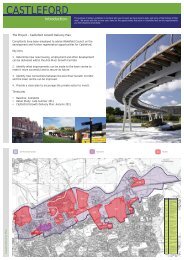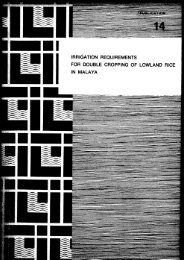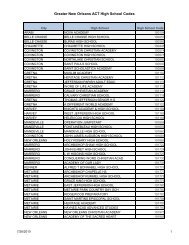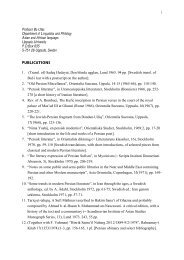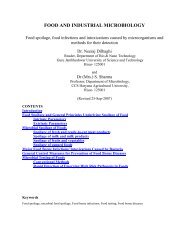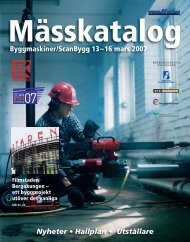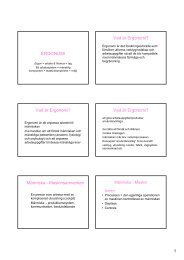On the Future of Indigenous Traditions - Munin
On the Future of Indigenous Traditions - Munin
On the Future of Indigenous Traditions - Munin
Create successful ePaper yourself
Turn your PDF publications into a flip-book with our unique Google optimized e-Paper software.
he is called <strong>the</strong> ‘Lord’ paramount <strong>of</strong> soil was not accepted in its classical form. In Chota<br />
Nagpur <strong>the</strong> land was distributed in <strong>the</strong> community as a whole and <strong>the</strong> proprietary right was<br />
vested in <strong>the</strong> village community.” 55<br />
The practice <strong>of</strong> this customary system in <strong>the</strong> Jharkhand region begins as early as <strong>the</strong><br />
6 th to 10 th century A.D. as investigated by J.C. Jha. He also illustrates several<br />
developments in this system by <strong>the</strong> year 1839 and <strong>the</strong> changes <strong>the</strong>re after. It reads:<br />
“In <strong>the</strong> early middle ages <strong>the</strong>re was no raja ruling over <strong>the</strong> country which was divided<br />
into parhas <strong>of</strong> 15 to 20 or even 25 villages, each under its manki and local mundas. 56<br />
These local leaders probably received no rent but only assistance in war and salami at<br />
festival. 57<br />
There are two main elements to bring forward, which shall give us a basis for<br />
discussion in <strong>the</strong> later chapters. First, despite having different language origins and<br />
ethnicity <strong>the</strong> Mundari group and <strong>the</strong> Kurukh group had agreed to a common<br />
customary system with common idioms. Never<strong>the</strong>less, if compared with <strong>the</strong> non-<br />
Adivasi, Aryan Hindu, or <strong>the</strong> Muslim communities, all Adivasis’ customs are more<br />
homogenous.<br />
Secondly, <strong>the</strong> social position <strong>of</strong> <strong>the</strong> members in <strong>the</strong> Adivasi communities was more<br />
horizontal than vertical / hierarchical, whereas <strong>the</strong> non-Adivasi societies and <strong>the</strong>ir<br />
social and administrative systems can be observed to be <strong>the</strong> opposite. P.R.N. Roy<br />
notes that <strong>the</strong> proprietary right, is vested in <strong>the</strong> village community, with no ‘lord’ or<br />
‘king’ to rule over <strong>the</strong>m. Land, forests and all livelihood resources were community<br />
centred. Adding to Roy’s statement, my assumption <strong>of</strong> egalitarianism could be<br />
experienced here, both in terms <strong>of</strong> gender and plurality <strong>of</strong> different groups within <strong>the</strong><br />
community.<br />
We may <strong>the</strong>n partly, if not fully, agree to statements that three interviews made:<br />
55<br />
Pandey R.N Roy, Manual <strong>of</strong> Chotanagpur Tenancy Laws, Vol. 2., Allahabad: Rajpal and Company,<br />
1996. xi.<br />
56<br />
Division to Owsley, 29 Aug. 1839, para.3, no 247, Misc. Dispatch Book, G.’s Agent’s <strong>of</strong>fice, Patna<br />
Archives. Para 2. cited by J.C. Jha The Tribal Revolt <strong>of</strong> Chotanagpur (1831-1832). (Patna: KPJRI,<br />
1987),.<br />
57<br />
Ibid.<br />
42



